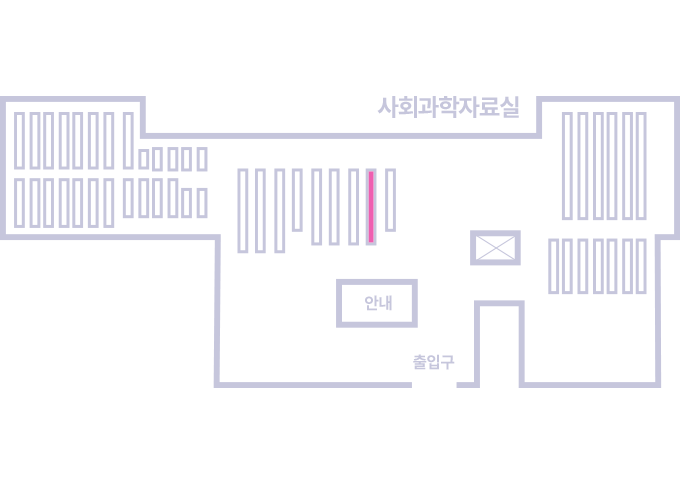권호기사보기
| 기사명 | 저자명 | 페이지 | 원문 | 기사목차 |
|---|
| 대표형(전거형, Authority) | 생물정보 | 이형(異形, Variant) | 소속 | 직위 | 직업 | 활동분야 | 주기 | 서지 | |
|---|---|---|---|---|---|---|---|---|---|
| 연구/단체명을 입력해주세요. | |||||||||
|
|
|
|
|
|
* 주제를 선택하시면 검색 상세로 이동합니다.
Title Page
Contents
Abstract 10
Ⅰ. INTRODUCTION 13
Ⅱ. MATERIALS AND METHODS 18
1. Data collection and preparation 18
2. Molecular docking and virtual screening 18
3. Compounds 19
4. Bacterial strains and culture conditions 19
5. Phenotypic assay 20
6. OxyR redox status assay 20
7. β-Galatosidase assay 21
8. Evaluation of antibacterial efficacy 21
9. Evaluation of toxicity 22
10. Determination of Minimal Lethal Concentration (MLC) 22
11. Measurement of Antibacterial Activity 23
12. Serial passage assay 23
13. Measurement of synergy 24
14. Statistics 24
Ⅲ. RESULTS 25
1. Virtual screens for the chemical hits based on the OxyR structure 25
2. P. aeruginosa displays serial dilution defects by OX14, 4 and 6 29
3. OxyR-mediated transcriptional regulation is impaired by OX14 33
4. OX14 displays antibacterial efficacy against P. aeruginosa 38
5. NQ14 shows reduced toxicity 40
6. NQ14 shows broadened antibacterial spectrum 42
7. NQ14 activity does not fully involve ROS formation, suggesting multiple modes of action (MoAs) 46
8. No resistance emergence was observed by NQ14 49
9. NQ14 and OX14 show synergy in P. aeruginosa 51
Ⅳ. DISCUSSION 53
Ⅴ. CONCLUSION 58
REFERENCES 60
ABSTRACT IN KOREAN 69
Fig. 1. Experimental validation of the selected compounds 31
Fig. 2. Structural modeling of the interactions between OX14 and OxyR 32
Fig. 3. Redox cycle of OxyR in the presence of OX14 36
Fig. 4. Antibacterial efficacy of OX14 against bacterial pathogens 39
Fig. 5. Toxicity assessment of c5 and NQ14 41
Fig. 6. Antibacterial spectrum of c5, NQ14 against bacterial pathogens 44
Fig. 7. Antibacterial efficacy of c5 and NQ14 45
Fig. 8. Antibacterial activity under ROS-compromising conditions 47
Fig. 9. Resistance evaluation of c5 and NQ14 50
Fig. 10. Synergy effect of NQ14 and OX14 52
*표시는 필수 입력사항입니다.
| 전화번호 |
|---|
| 기사명 | 저자명 | 페이지 | 원문 | 기사목차 |
|---|
| 번호 | 발행일자 | 권호명 | 제본정보 | 자료실 | 원문 | 신청 페이지 |
|---|
도서위치안내: / 서가번호:

우편복사 목록담기를 완료하였습니다.
*표시는 필수 입력사항입니다.
저장 되었습니다.